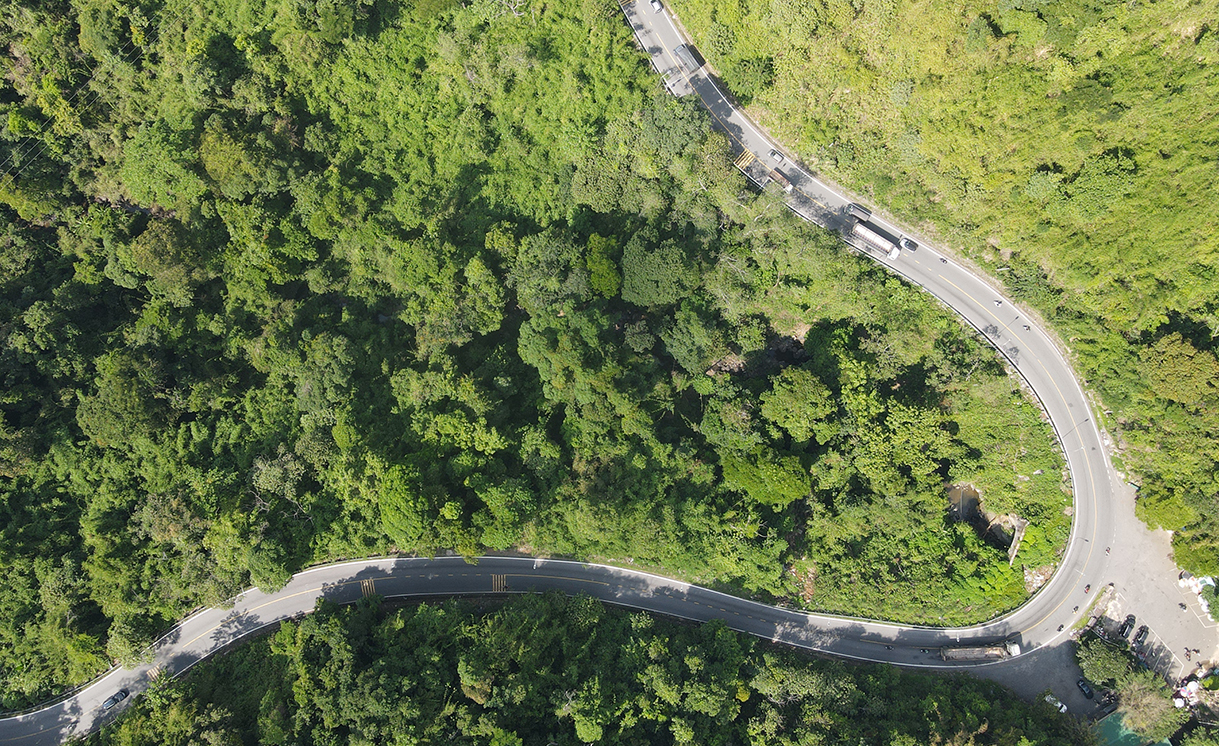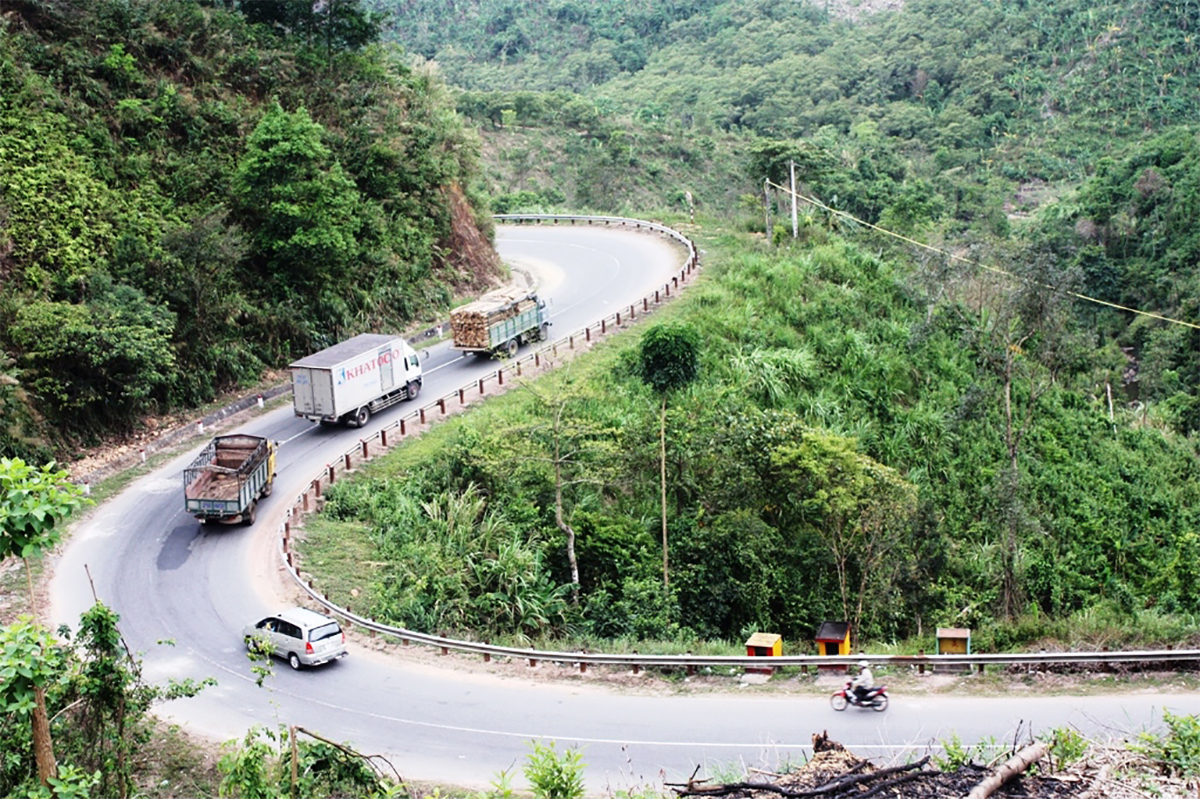Vietnam’s Central Highlands will commence three more expressway projects to boost its socio-economic development.
Stretching more than 201 kilometers (125 miles), Dau Giay – Lien Khuong Expressway will run from southern Dong Nai Province that borders Ho Chi Minh City to Lam Dong Province in the Central Highlands, home to resort town Da Lat.
 |
|
National Highway 20 in Bao Loc Town of Lam Dong Province. Photo by VnExpress/Phuoc Tuan |
The project is set to be basically completed within 2025 to link the southeastern region, which includes HCMC, with the Central Highlands, easing the pressure on National Highway 20.
It is divided into three sections, Dau Giay – Tan Phu in Dong Nai, Tan Phu – Bao Loc in Lam Dong, and Bao Loc – Lien Khuong in Lam Dong.
Work is expected to start within this year on the Dau Giay – Tan Phu section that will stretch 61 kilometers (38 miles), starting from the existing HCMC – Long Thanh – Dau Giay Expressway. Invested by the state budget, it will span 17 meters wide to have four lanes and cost VND7.36 trillion ($325 million).
The same schedule has been set for the Tan Phu – Bao Loc section, which will run 66 kilometers built under the public–private partnership (PPP) format and cost VND16.2 trillion to have four lanes and two emergency lanes.
The remaining section of 73.9 kilometers will connect Bao Loc Town and Duc Trong District at the cost of VND12.5 trillion under the PPP format. The first phase from 2022 to 2025 will see it have four lanes and the second phase after 2030 will expand it to eight lanes.
Khanh Hoa – Buon Ma Thuot Expressway that will run 32.7 kilometers in central Khanh Hoa Province and 84 kilometers in Central Highlands’ Dak Lak Province is expected to connect the Central Highlands with the south-central region and therefore, create breakthroughs for both economic and tourism development.
This is because Dak Lak lies at the center of the highlands region and its economy relies mostly on exports of agricultural and forestry products. Local transportation of goods and passengers occurs mainly by road, accounting for about 95 percent.
 |
|
National Highway 26 that links Nha Trang Town of Khanh Hoa with Buon Ma Thuot Town in Dak Lak Province. Photo by VnExpress/An Nam |
In the first phase, the expressway will spread 17 meters wide to have four lanes. It will then be expanded to eight lanes. Costing VND22 trillion in total, the project will be built using the state budget between 2023 and 2027.
Running 110 kilometers in Dak Nong Province and 102 kilometers in Binh Phuoc Province, Dak Nong – Binh Phuoc Expressway will link with Ho Chi Minh Highway, which runs across Vietnam.
Dak Nong recorded an economic growth rate at 8.63 percent last year, ranking second in the Central Highlands after Gia Lai Province, which posted a growth rate of 9.71 percent.
As it lies completely on a plateau, the province is connected with the rest of the country only by roads. Therefore, the new expressway would play a key role in boosting its development.
Dak Nong and Binh Phuoc have already proposed investing the project under the PPP format. Its total cost has yet to be estimated.
Once open to traffic, the expressway will shorten the time to transport goods from Dak Nong to Long Thanh airport, which is under construction in Dong Nai Province to become Vietnam’s biggest airport and Cai Mep – Thi Vai, a deep-water port complex in Ba Ria – Vung Tau Province that borders HCMC.
The Central Highlands spreads more than 54,500 square kilometers to house more than 5.8 million people in five provinces of Lam Dong, Dak Lak, Gia Lai, Kon Tum and Dak Nong.
The region has the advantage of natural resources, with two million hectares of basaltic land, accounting for 60 percent of the country’s total basaltic area, which creates favorable conditions for industrial crops like coffee, pepper, and tea.
- Reduce Hair Loss with PURA D’OR Gold Label Shampoo
- Castor Oil Has Made a “Huge” Difference With Hair and Brow Growth
- Excessive hair loss in men: Signs of illness that cannot be subjective
- Dịch Vụ SEO Website ở Los Angeles, CA: đưa trang web doanh nghiệp bạn lên top Google
- Nails Salon Sierra Madre
 VnExpress News The News Gateway of Vietnam
VnExpress News The News Gateway of Vietnam





